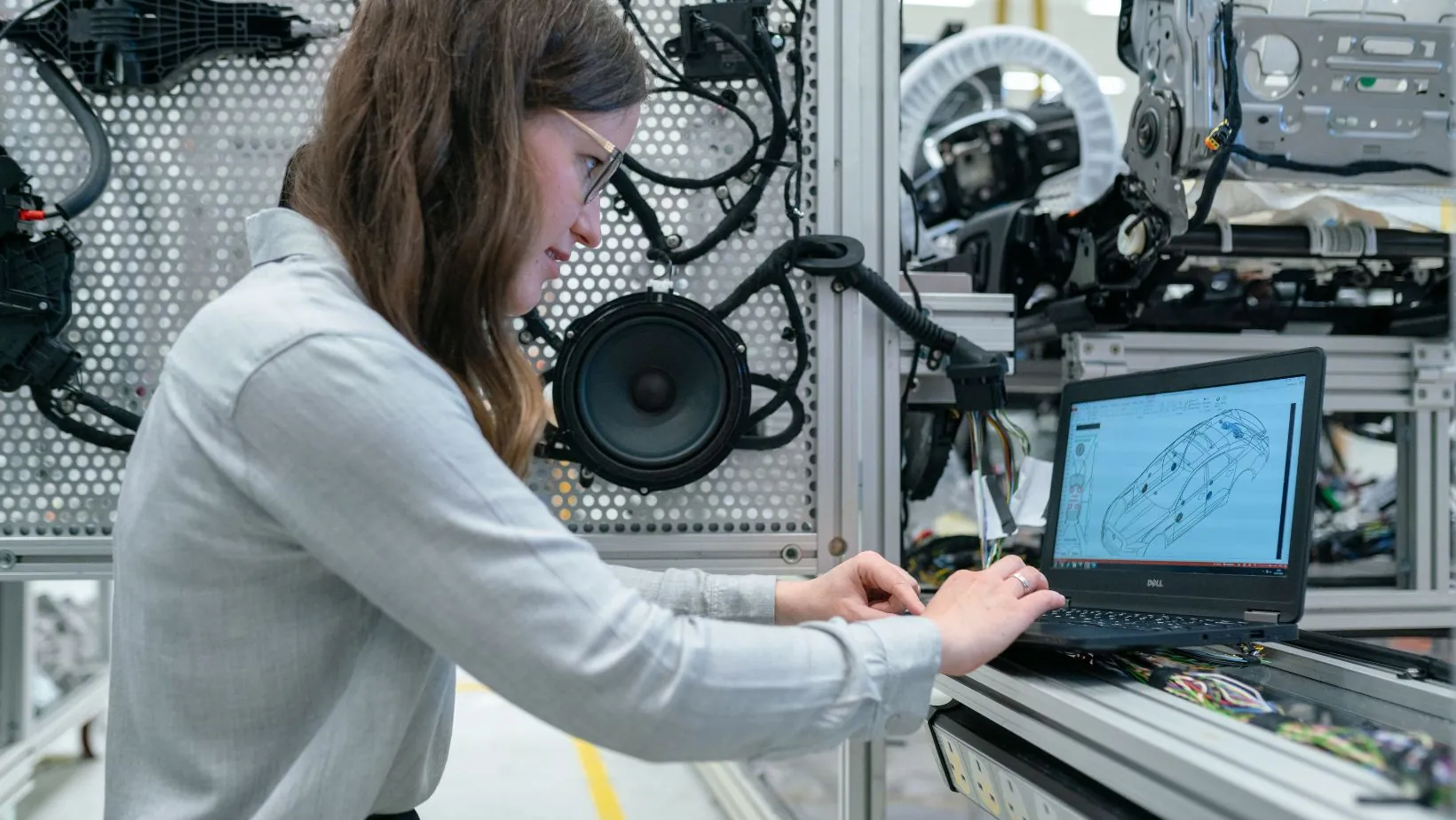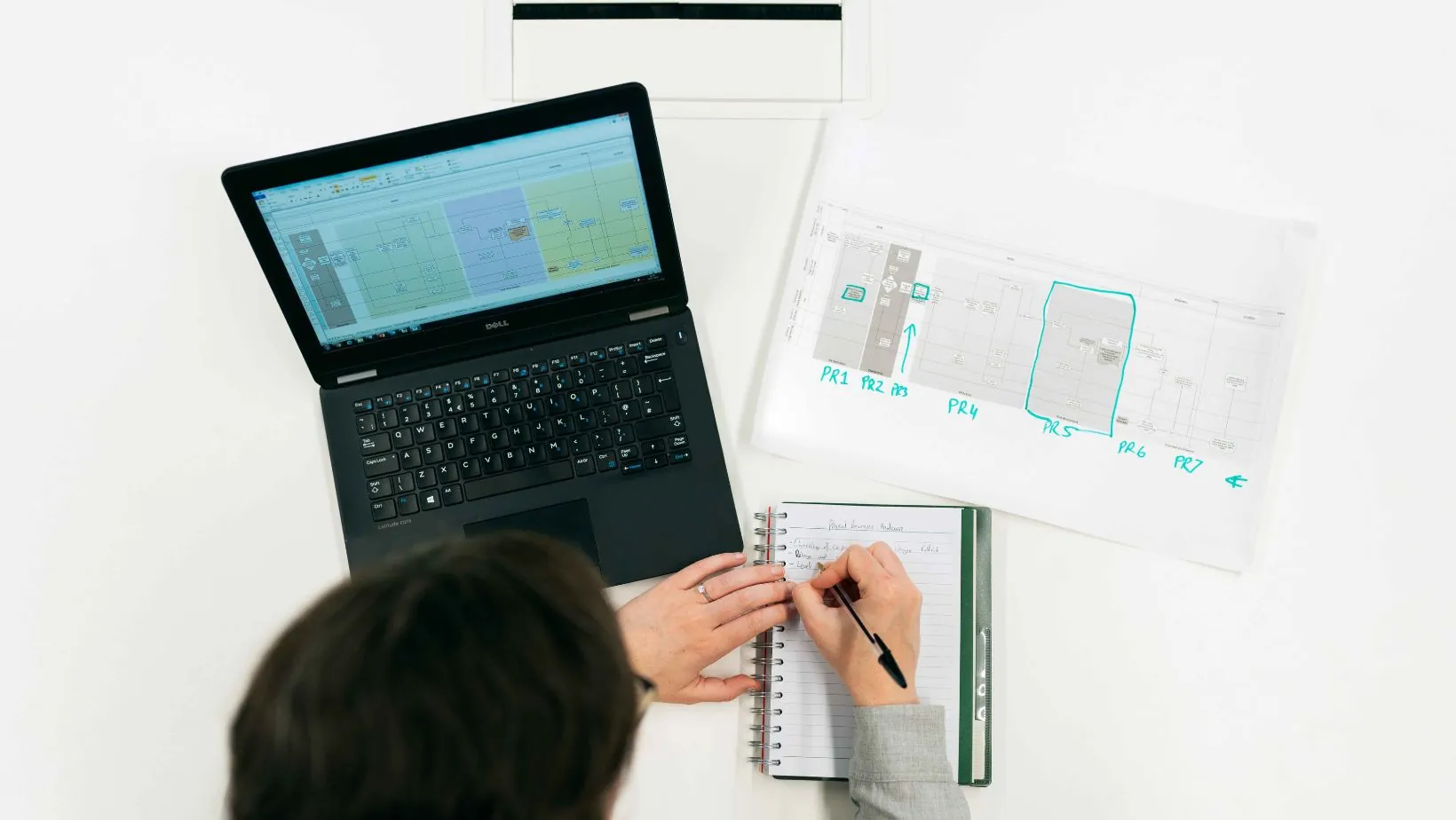Cardano (ADA) was developed by Input Output Hong Kong (IOHK), a reputable engineering and research company that ranks in software development, self-proclaiming itself as a third-generation Proof of Stake (PoS) blockchain solution, founded in 2015. The primary goal of the Cardano project is to restore trust to global systems through its sustainable and balanced foundation, as well as solve common issues, such as high fees and slow transaction speeds. This blockchain project empowers billions without any economic identity, using Ouroboros as a consensus mechanism that ensures scalability, security, and energy efficiency.
ADA’s price has seen notable spikes over the past few years, with the most recent example in November, when it was priced at $0.3246 at the beginning of the month, only for its value to climb to $1.0825 by the end of November. At the moment of writing, the price of ADA is $0.711328, leaving many crypto enthusiasts interested in ADA price prediction and the future of the overall crypto ecosystem.
What Factors Influence The Price Of Cardano (ADA)?
Trading Volume And Network Growth
ADA’s trading volume refers to the number of bonds, shares of stock, commodities, or any other financial instruments that interact during a specific period. In short, trading volume measures market activity and participation, playing a crucial role in determining the strength of price movements. For instance, a rise in transaction volumes announces a potential positive impact on ADA price and better-than-expected earnings, suggesting a strong conviction from traders. Recent data shows that the future of Cardano looks promising, with over 840,000 transactions recorded and total fees amounting to 279,000 ADA. Furthermore, an expanded number of new addresses and active users can positively affect ADA’s price, as it indicates increased interest in the Cardano platform. This popularity is generally rewarded with substantial price rises.
Macroeconomic Characteristics
Cryptocurrency markets are intrinsically connected with macroeconomic factors, with gross domestic product (GDP), inflation rates, market indices, and interest rate decisions influencing the overall crypto ecosystem. While during expansions and time of economic prosperity people implicitly have more wealth to allocate financial assets, asymmetric information, trade conflicts or economic uncertainty can shake the well-established confidence investors have in cryptocurrencies, pushing them to opportunistically shift earnings from this volatile ecosystem to something that more promising income investments.

Consequently, cryptocurrencies such as Cardano (ADA) can be influenced by distinctive macroeconomic factors, with the following examples as proof of this statement:
- The 2020 COVID-19 crash has caused a dramatic drop in ADA’s price along with Bitcoin and equity markets, with fear and uncertainty triggering a massive selloff.
- As investors and consumers became increasingly worried that the cost of goods and services would rise rapidly and governments pumped money into economies, ADA reached an all-time high of around $3.10 in September 2021.
- Along with the collapse of Silicon Valley Bank and other predominant financial institutions, ADA saw a short-term increase, with a significant number of investors seeking decentralized alternatives.
- Trump’s rhetorical influence over cryptocurrencies led to ADA’s price jumping from $0.66 to $1.08.
Technological Developments
The connectedness between technology and cryptocurrencies could be briefly explained through the emotional responses and behaviors of investors in an ecosystem where innovation is ever-present, promising advancements in blockchain technology, scaling solutions, and new platforms or integrations. Consequently, technological developments such as the Ouroboros Hydra protocol or improvements to smart contract functionality wield immense influence on Cardano’s price, with the possibility of boosting the network’s appeal for high-volume applications.
Market Cycles
The broader crypto market cycles can be fragmented into four distinct phases, with each phase revealing the influence of changes in market sentiment, supply, and demand over cryptocurrency prices. Let’s take a look:
- Accumulation: This phase occurs because investors are skeptical about entering the market after a significant price drop, with experienced traders acknowledging opportunities to accumulate coins and betting on future rises.
- Uptrend: The recovery phase of markets is fueled by speculation and increasing demand. Bitcoin’s 2024 bull run, which saw its price rise from $16,000 to over $100,000 in December, is an accurate example of this.
- Distribution: This phase is mainly centered around big investors, also known as whales, who look to lock in profits when the market begins to overheat and prices reach unsustainable levels.
- Downtrend: When the market becomes over soaked with sell orders, fear, and panic take over, and numerous impulsive decisions dominate the cryptocurrency market. This phase is truly excruciating, triggering widespread panic selling that sometimes proves to be one of the most damaging mistakes an investor can make.
How Does The Future Of Cardano Look According To Analysts?
Cardano (ADA) is the ninth-largest cryptocurrency by market capitalization, becoming a central talk for cryptocurrency experts. According to the latest data gathered, market research analysts have announced that:
- It is assumed that in 2026, Cardano (ADA) will count for a minimum 1.26$, with the possibility of reaching its maximum expected price of $1.61. Commonly, Cardano’s trading price is poised to settle at $1.30 in 2026.
- In 2027, the minimum ADA price might drop to $1.81, while its maximum could reach $2.19. On average, the trading cost will be around $1.88.
- In 2028, Cardano is expected to have the following maximum and minimum prices: about $2.60 and $3.14, respectively. The average scheduled trading cost is $2.70.
- The year 2029 sounds promising, with the following minimum and maximum ADA prices: $3.89 and $4.60. It will be traded at $4.00 commonly.
- In 2030, the average expected trading cost for ADA will be around $5.70.
- Fast forward to 2050, the expected average trading price of AD is $644.58.
However, as Cardano’s future hinges on an elaborated interplay of technical, macroeconomic, and market factors, you should take even the most thorough and accurate market analysis with a grain of salt. Cryptocurrencies are commonly known for their wild price swings, and Cardano (ADA) makes no exception to the inherently volatile nature of the crypto landscape.




